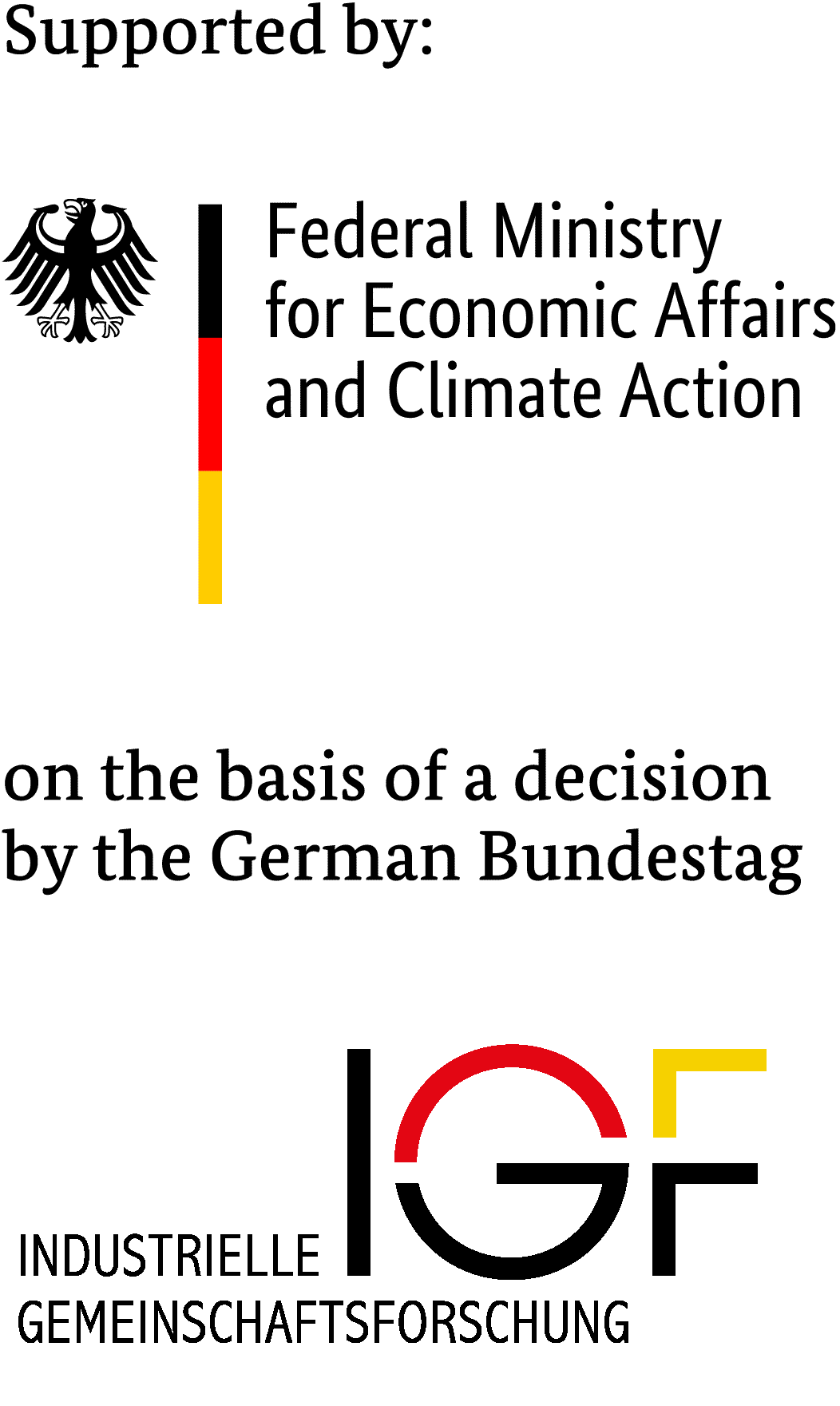Background and aims of the project
In order to meet the ambitious climate protection targets by 2050, there is an agreement on the need to capture CO₂ and transfer it to long-term storage or use it in carbon-containing products (CCUS). Oxyfuel and post-combustion technologies have emerged as promising capture methods. The storage of CO₂ is publicly controversial and a suitable CO₂ infrastructure is lacking. In addition to storage, the combination of CO₂ and hydrogen management also offers the possibility of producing utilisable products, the marketing of which could be set against the capture costs. Possible recycling paths for the raw material CO₂ include the production of methanol or methane. The combination of capture methods and methods of utilising the CO₂ results in a multitude of options for designing the entire process chain. In order to keep CO₂ avoidance costs low and maintain competitiveness, an optimal design of a value chain is essential. Due to site-specific characteristics, not every process chain is equally suitable for every cement production site.
This project aimed to enable the cement industry to develop a site-specific strategy to meet the demand for drastic CO₂ reduction. In particular, SMEs, which are not able to devote themselves to this important future topic in addition to their day-to-day business due to a lack of capacity, among other reasons, could benefit from this. To this end, various process configurations for the separation and conversion of CO₂ into usable hydrocarbons were being evaluated and compared technically, economically and ecologically on the basis of simulation models. The research project made an essential contribution to harnessing the synergies between the aggregates of CO₂ capture and utilisation and thus to reducing the future costs of CO₂ reduction.

